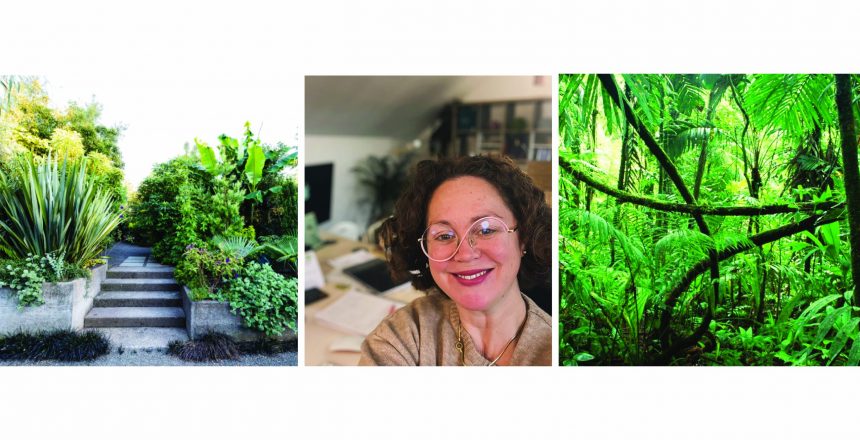Hello, in this April edition of Look Local Over the Garden Gate, I continue to tell the story of why plants perform in different places; with knowledge, there is power to grow in our gardens better. So far, we have discussed apex forest (temperate biome), desert plants (arid biome), and grassland biome.
This month, Tropical biomes (just for clarity, a biome is an area of classification for a group of plants according to their geography). Tropical biomes are found around the equator, meaning no seasons and continually warm. Generally, in lowlands or upland areas, areas of ever-wet or rainforests experience rain all year. These ancient forests evolved during the Cretaceous period 100 million years ago when the Earth was a wetter, warmer place, so they have incredible diversity and ancient plant groups.
There are so many fascinating things about these plants and how they grow, including that some respire differently, closing their stomata during the day to avoid rapid dehydration and, therefore, taking up CO2 and exchanging it for oxygen at night when the temperature is lower. The soil is also impoverished because of leaching from continual rain, so the massive plants use the upper soil levels where fast-degrading surface litter gathers. Often, their roots turn upwards in poor soils (you will see this in your house plants).
So, bringing it home, where are these plants in our UK gardens? Tropical plants: For the most part, we would recognise these as our house plants, with Begonias, Orchids, and Peace Lilies, though some will be perennial bedding in our gardens, like Begonias, Impatiens, Dahlias, Canna and Ginger, Hardy Bananas, and Palms.
What can we take home from the natural environment? Without a heated greenhouse or plant-centred conservatory, we cannot replicate the fast, hot, wet cycle of the tropics in our homes! So we don’t need to overwater; there isn’t enough light to complete the photosynthetic process. We also need to consider the soil and use a house plant compost with the right nutrient mix. Incrementally planting house plants into slightly large pots will help them grow and thrive.
We need full sun for our outdoor tropical plants, which would have been under a forest canopy. We must feed them for the best performance in their one Spring/Summer cycle and protect them from the frost. In a tropical rainforest, the rain is more like mist beneath the large canopy, and indeed, these plants do not like overheating watering and will perform better with water to the soil around their roots, only when required. Their diversity is incredible, and bees and butterflies will love them as if they were native as they extend the growing season, flowering well into the autumn until the frost (of which they have no adaptation from their tropical home). That rupturing expanding water as ice will then put pay to them for another season.
For more garden tips and info visit my Facebook page @mimosagardendesign
CONTACT ME:
E: info.mimosadesign@gmail.com
M: 07737 286784




